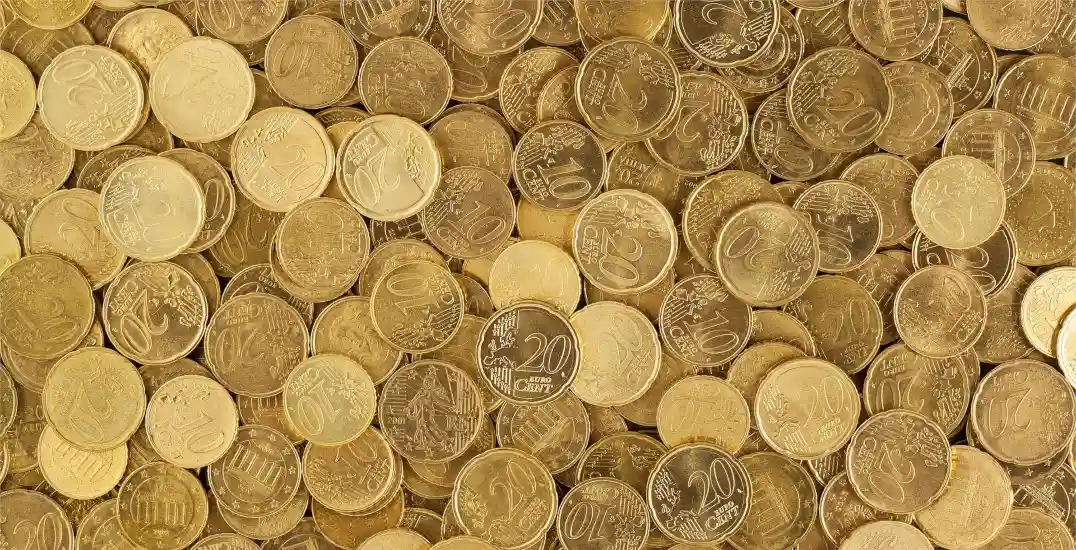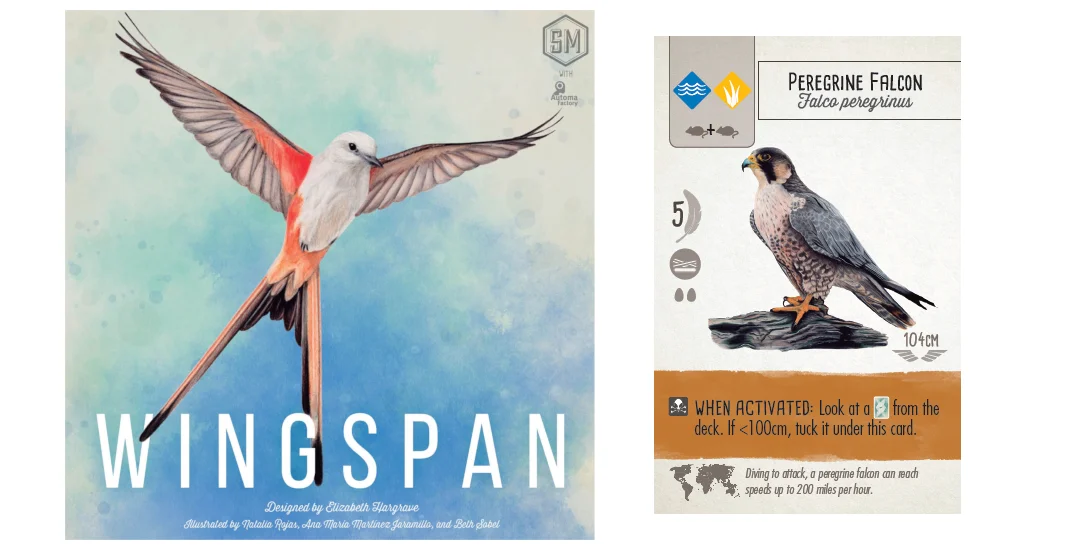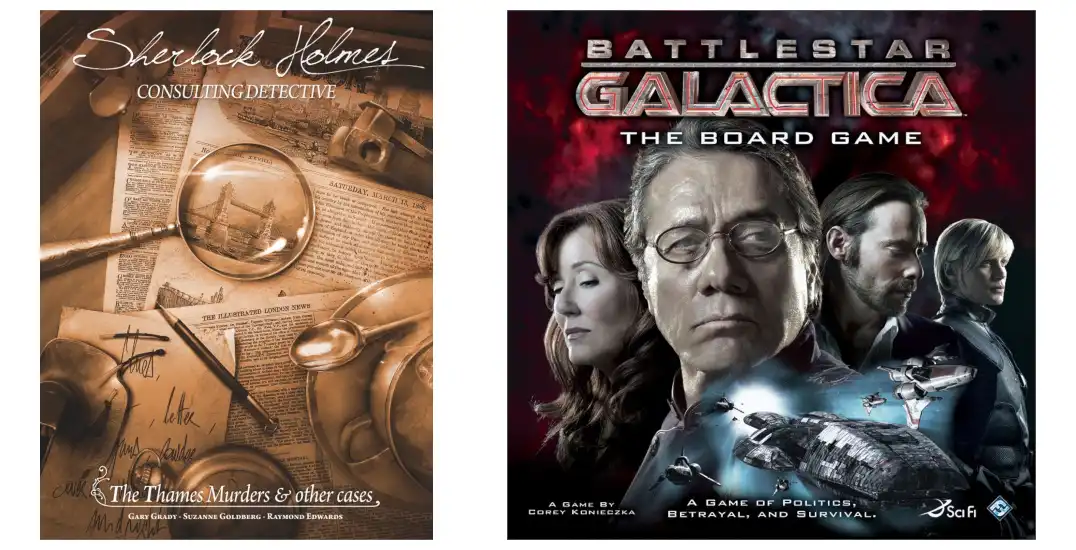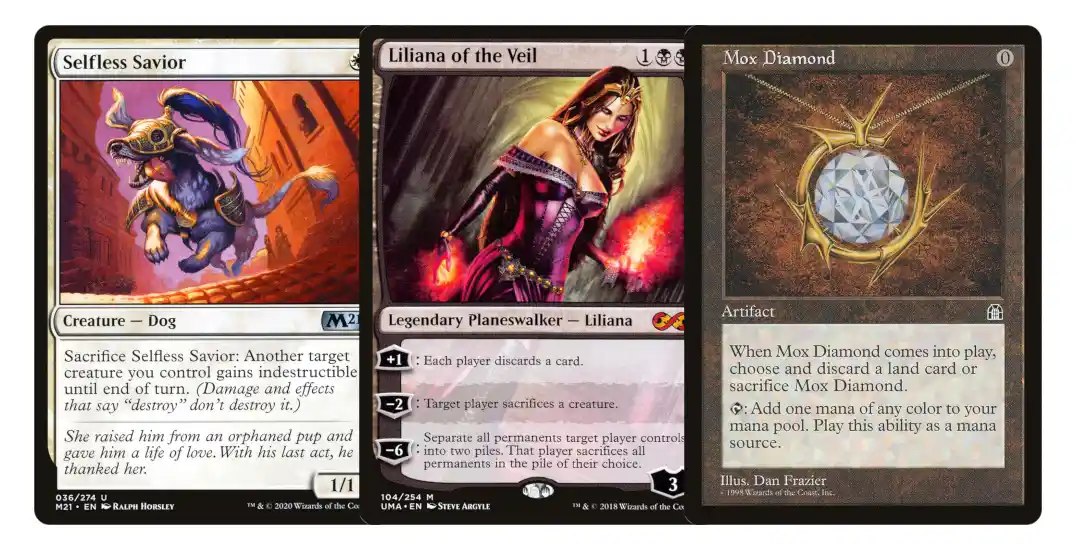 Over the last few weeks there has been some discussion regarding the importance of factoring price in reviews. Several people, including critics from Shut Up & Sit Down and No Pun Included, feel that price is a vital aspect that should be discussed on all reviews. But I don’t. Price is rarely a factor in my reviews and I would like to explain why.
Over the last few weeks there has been some discussion regarding the importance of factoring price in reviews. Several people, including critics from Shut Up & Sit Down and No Pun Included, feel that price is a vital aspect that should be discussed on all reviews. But I don’t. Price is rarely a factor in my reviews and I would like to explain why.
PRICE
Price is not discussed much in my reviews because I don’t evaluate games as products. Rather, I analyze games from an artistic perspective. I focus on their aesthetic qualities, how they work and how we approach them as players. The goal of my reviews is to help my readers understand the medium, not make better purchases.
After all, you don’t need to buy a game brand new to play it. You can buy a second hand copy or play a friend’s. In fact, the latter is how most board games are meant to be played. Price is an external factor that limits our ability to access a game, but it doesn’t make them any better, or worse.
Here’s an example. Wingspan is not valuable to me. I do not enjoy it and have no use for it. If I had a copy I couldn’t sell or give it away, it would just gather dust. But the reasons I don’t like it have little to do with its price. I played it for free and disliked it as much as I would have had I paid for it. Price discussion also has a tendency to devolve into how many figures, pieces and wood tokens come in the box. In the digital realm, value is conflated with length. I dislike this tendency and would like to push back, even if it’s only a little. If we are to treat games as cultural artifacts, price should not loom over their artistic merits.
Price discussion also has a tendency to devolve into how many figures, pieces and wood tokens come in the box. In the digital realm, value is conflated with length. I dislike this tendency and would like to push back, even if it’s only a little. If we are to treat games as cultural artifacts, price should not loom over their artistic merits.
Lastly, we must accept that the average hobbyist has more games than they can actually play. Video game completion rates are atrocious and it seems I’m the only fool who hasn’t spent hundreds of euros on Kickstarter. Price no longer seems to be as much of a concern as time and the ability to play.
CRITICS
I’m also skeptic of my ability to factor price for others. The games I would spend my money on are not necessarily the ones I would recommend. I buy games I can’t play elsewhere or simply because I like collecting. I’m more likely to spend my money on a Super Famicom cartridge than a new game, which isn’t a representative experience.
Even then, I bought Sherlock Holmes Consulting Detective for 20€. My copy of Cosmic Encounter was a bargain find. I don’t even own Gradius II or Battlestar Galactica. How can I tell others if they are “worth the money” under those circumstances? As a critic, I can only share my own experience. But it’s not me who is extending his wallet.
Game prices don’t even remain constant. Videogames suffer huge falls in price soon after release. Board games go out of print or are released anew. Prices are not even the same in different countries. What might seem cheap for my British readers won’t be for those who live in Chile, Argentina, and so on. More importantly, the value one gets from a game depends on personal factors. No matter how cheap a game is, it’s useless if it doesn’t see play. On the other hand, an apparently expensive game, like Food Chain Magnate, might prove affordable if it’s a crowd favourite. As a critic, I can’t weigh in on that.
More importantly, the value one gets from a game depends on personal factors. No matter how cheap a game is, it’s useless if it doesn’t see play. On the other hand, an apparently expensive game, like Food Chain Magnate, might prove affordable if it’s a crowd favourite. As a critic, I can’t weigh in on that.
Ultimately, I believe price is a factor best left to my readers. They know more than me about their own financial situation. I can only offer advice on what I’m an actual expert on, that is, my own opinion and my own play experience.
EXCEPTIONS
That said, even if price is an external factor, that’s not a reason not to lend the reader a hand. If a game’s cost is unusually high, there’s no harm in mentioning it. In that sense, it’s no different than telling my readers how many people they need to play or where to find niche titles. It’s not part of the critical evaluation but it can be helpful.
There are also some games with unusual or hidden costs. Gaming is increasingly burdened with abusive business practises such as loot boxes, gambling and artificial scarcity. Failing to tell my readers about them would be irresponsible. Most importantly, there are some games in which our play experience is intrinsically linked to our purchasing habits.
Magic: The Gathering is the most obvious example. Unlike other games, we don’t get all the cards in the box. A staple spell can run from as little as 2 cents to 40 euros or even several hundreds. Our experience with Magic relies less on the game and more on the depth of our pockets. Not factoring price is also no excuse to criticize waste. Boardgaming is going through a wave of deluxification, with increasingly sumptuous editions filled with miniatures and other expensive pieces. In my mind, this trend does little to improve a game’s artistic qualities and is worth criticizing, no matter its price.
Not factoring price is also no excuse to criticize waste. Boardgaming is going through a wave of deluxification, with increasingly sumptuous editions filled with miniatures and other expensive pieces. In my mind, this trend does little to improve a game’s artistic qualities and is worth criticizing, no matter its price.




An interesting bit about Magic is that spending more doesn’t necessarily mean a better experience. I quite like Pauper where you can play only cards that were ever printed at common.
Some players who (unlike me) are fine with spending hundreds of dollars on a deck also play Pauper because it offers unique gameplay that’s not necessarily better or worse, but different from, for example, Modern.
It tends to be more grindy than other eternal formats, but it’s still surprisingly powerful, due to busted old cards and a very short banlist that leaves in many things that were considered “design mistakes”. (Though as an Affinity player, I prefer the term “happy little accidents”.)
Pauper seems pretty cool and I thought about building some decks from the format but I ended up simply building a cube.
Problem with leaving cost out is that you might want to leave out looks or components as well.
There are so many different versions component wise of games these days and components and presentation can have a huge impact on the play experience for many. What version do you review if you don’t factor in price somehow. The fact a game looks beautiful but costs 3x as much as a game that looks okay surely factors in somehow, even if you don’t cover it directly.
Ultimately, I don’t think one needs to talk about price even then. I can mention there are several versions and that some are prettier than the others, if needed. Price doesn’t come into it.
Still, I don’t give much importance to components. I may mention it in passing but it’s extremely rare for me to care more or less about a game because it has “nicer” components. In fact, most of the time I think games are better without the expensive miniatures and other deluxe stuff.
I agree with price a lesser factor in the decision to buy. Many of the boardgames I’ve bought I’ve spent more than the game, or near to it, on an organiser to hold the pieces. Setting up a game, minimising fiddliness during play, and speedy pack up are things that allow me to play more games. I also like creating an experience for my friends through accessories, e.g for Food Chain Magnate I’ve plastic serving trays with placemats printed with their restaurant brand and branded name badges to wear.
My feelings about Wingspan are similar to Erik’s. I use the game to introduce people who haven’t played many boardgames to the idea that complex games can be fun. Otherwise it’s not a game I’d chose to play. I find it pleasant, but not the same rush I might get from Brass: Birmnigham or Food Chain Magnate. I’ve spent USD $500 on upgrading the game. Handmade clay food pieces, a variety of bird meeples with individual trays to replace the action cubes, laser cut tray to hold the food lined with merino wool felt, dice tower from Ukraine hand painted, a fake bird’s nest to hold the eggs, handmade starting player birds, My copy has over a hundred hours of play. That’s a cheap hourly rate for entertainment and for increasing the number of people who love playing boardgames. Hanging out with cool people and seeing joy on their faces makes me happy.